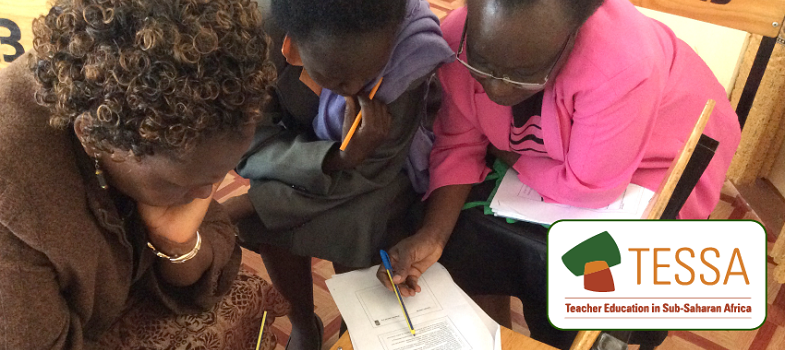3. Encouraging students to ask questions
There is no better way of motivating and engaging students with this topic than using living creatures. In the final activity you are going to collect some insects from the school grounds, or visit a local wildlife park or farm, and think about how you can use questioning to really find out what your students are thinking. It is important to make sure that your questions challenge them. Resource 4 reminds you about the different types of questions that you should be asking. It is a good idea to plan the questions that you could ask before the lesson. You can ask questions of individuals while they are working and then finish off the activity with questions to the whole class. Think about how you will respond to their answers. You could ask several people the same question then ask the students to select the best one. You could also ask a follow up question: ‘Why do you think that?’
Getting your students to ask the questions is a very good way to find out what they are thinking, as the teacher in Case study 3 found when he invited a wildlife ranger into the classroom.
Case study 3: Welcoming visitor into the classroom
Mrs Essuman’s brother, Joseph works for the local wildlife park as a ranger. It is his job to go round the exhibits with the visitors and tell them all about the animals on display. She invited him to come to school to talk to the class.
Joseph started by telling the students about his job and what he does every day. He told them about the qualifications he has and what he needed to do to get a job in a wildlife park. Finally, he told them some stories about some of the animals that he looks after. The students were very interested. Joseph talked about the animals’ behaviour and the sorts of things they liked to eat. Mrs Essuman was pleased and surprised at how many questions her students wanted to ask him about the wildlife park. They were particularly fascinated by the skulls and teeth that he brought to show them. He played a game with the students in which they had to ask questions to try and work out which kind of animal the teeth came from. He could only answer yes or no, so the questions had to be phrased very carefully.
After the visit, some of the students asked Mrs Essuman how they could become a wildlife ranger.
Activity 3: Identifying living creatures
For this activity you should help your students to collect small animals in the school grounds. Resource 5 will give you some information about organising the activity..
Use Resource 4 to help you plan some questions to ask to check your students’ understanding of classification and using a key. The students should work in groups and you should go round asking each group questions. Encourage them to ask each other as well. You could start with simple, closed questions designed to make them observe carefully. How many legs has it got? Does it have antennae? Once they think they know what it is, ask them to classify the animal. Get them to explain why they have chosen a particular group. Are you sure it is in that group? How do you know is it not an X?
They should try to classify the animals they have found using a suitable guidebook or biology textbook for your country. For each one they should be able to classify it at more than one level and should be able to give reasons for their choice. The majority of animals are likely to be arthropods, which should be classified to at least class level.
If you have a local wildlife park then a visit there would be a good alternative to this activity. You will need to go beforehand and devise activities that your students could do.
2. Peer assessment and using keys



